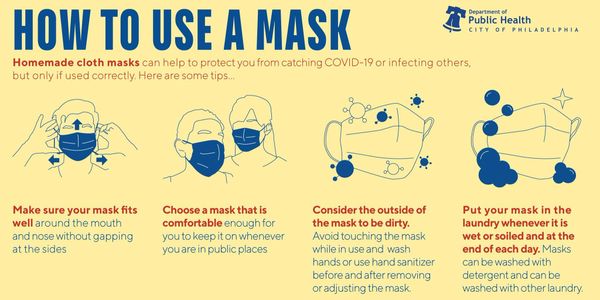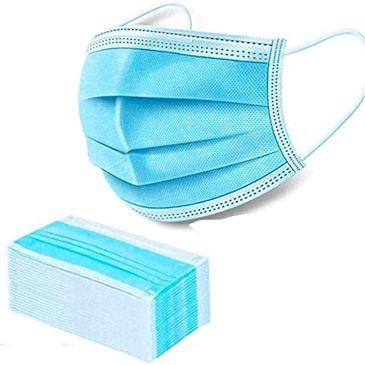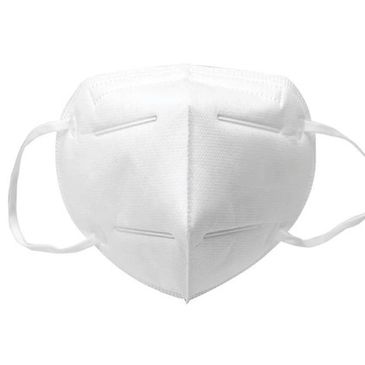Frequently Asked Questions

Best practice to use mask.
- Before putting on a mask, clean hands with alcohol-based hand rub or soap and water.
- Cover mouth and nose with mask and make sure there are no gaps between your face and the mask.
- Avoid touching the mask while using it; if you do, clean your hands with alcohol-based hand rub or soap and water.
- Replace the mask with a new one as soon as it is damp and do not re-use single-use masks.
- To remove the mask: remove it from behind (do not touch the front of mask); discard immediately in a closed bin; clean hands with alcohol-based hand rub or soap and water.
Differences of Masks

Surgical Mask
N95 KN95 Respirator
N95 KN95 Respirator
- 3 Layers of Thick Material - The masks are made of 3 layers of high-quality non-woven fabric, moisture-proof with a strong filtering that’s soft and comfortable.
Cons: looser fitting

N95 KN95 Respirator
N95 KN95 Respirator
N95 KN95 Respirator
- Adopting FFP2 grade anti-particulate matter filtering technology and antibacterial environmental protection fabric
- Filter 95% airborne particles
- Effectively filtering and protecting from PM2.5 air particulate matter and bacteria
Pros: better fitting

P100 & N100
N95 KN95 Respirator
P100 & N100
- Protection from debris and materials that are larger than 0.3 microns
- Filter 99.7% airborne particles.
- "N" designation = not resistant to oil.
- "P" indicates P95 respirators = oil proof.
Copyright © 2020 Consumer Personal Protection Equipment PPE - All Rights Reserved.